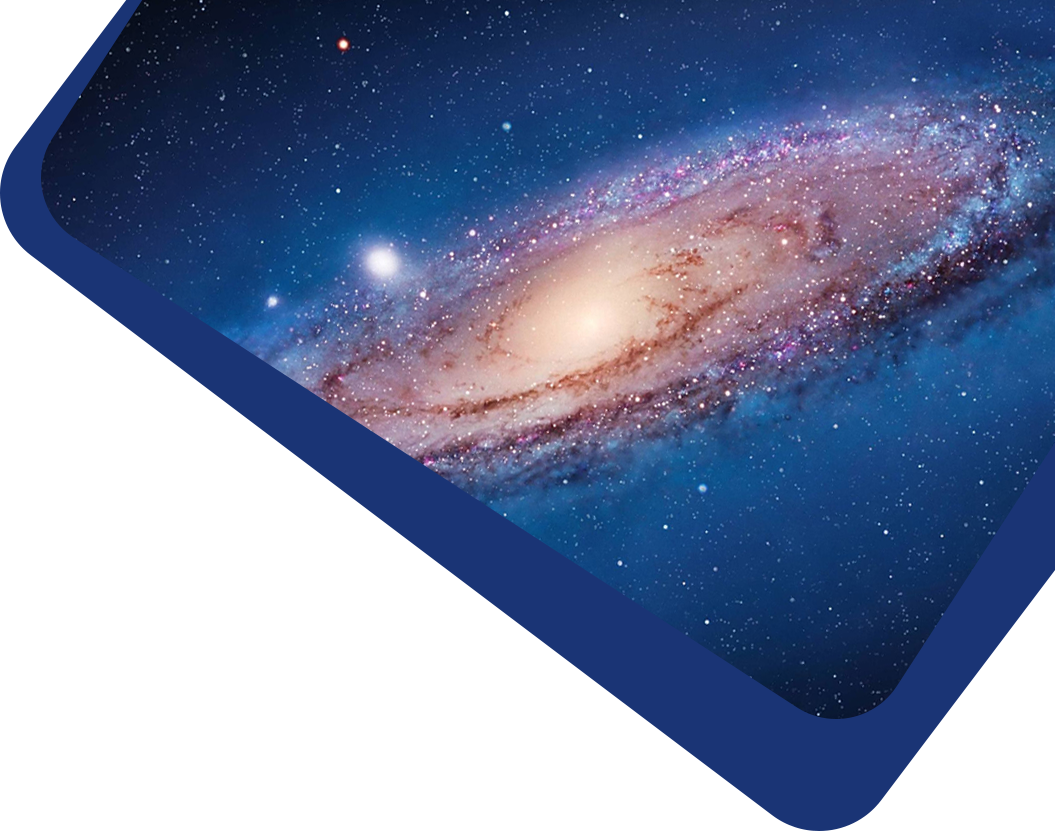

Stellar atmospheric parameters and elemental abundances are traditionally determined using template matching techniques based on high-resolution spectra. However, these methods are sensitive to noise and unsuitable for ultra-low-resolution data. Given that the Chinese Space Station Telescope (CSST) will acquire large volumes of ultra-low-resolution spectra, developing effective methods for ultra-low-resolution spectral analysis is crucial. In this work, we investigated the Fully Connected Residual Network (FCResNet) for simultaneously estimating atmospheric parameters (Teff,  , [Fe/H]) and elemental abundances ([C/Fe], [N/Fe], [Mg/Fe]). We trained and evaluated FCResNet using CSST-like spectra (R ∼ 200) generated by degrading LAMOST spectra (R ∼ 1800), with reference labels from APOGEE. FCResNet significantly outperforms traditional machine learning methods (KNN, XGBoost, SVR) and CNN in prediction precision. For spectra with the g-band signal-to-noise ratio greater than 20, FCResNet achieves precisions of 78 K, 0.15 dex, 0.08 dex, 0.05 dex, 0.10 dex, and 0.05 dex for Teff,
, [Fe/H]) and elemental abundances ([C/Fe], [N/Fe], [Mg/Fe]). We trained and evaluated FCResNet using CSST-like spectra (R ∼ 200) generated by degrading LAMOST spectra (R ∼ 1800), with reference labels from APOGEE. FCResNet significantly outperforms traditional machine learning methods (KNN, XGBoost, SVR) and CNN in prediction precision. For spectra with the g-band signal-to-noise ratio greater than 20, FCResNet achieves precisions of 78 K, 0.15 dex, 0.08 dex, 0.05 dex, 0.10 dex, and 0.05 dex for Teff,  , [Fe/H], [C/Fe], [N/Fe] and [Mg/Fe], respectively, on the test set. FCResNet processes one million spectra in only 42 s while maintaining a simple architecture with only 348 KB model size. These results suggest that FCResNet is a practical and promising tool for processing the large volume of ultra-low-resolution spectra that will be obtained by CSST in the future.
, [Fe/H], [C/Fe], [N/Fe] and [Mg/Fe], respectively, on the test set. FCResNet processes one million spectra in only 42 s while maintaining a simple architecture with only 348 KB model size. These results suggest that FCResNet is a practical and promising tool for processing the large volume of ultra-low-resolution spectra that will be obtained by CSST in the future.
methods: data analysis– stars: abundances– stars: fundamental parameters– methods: analytical
There are currently no refbacks.
It accepts original submissions from all over the world and is internationally published and distributed by IOP